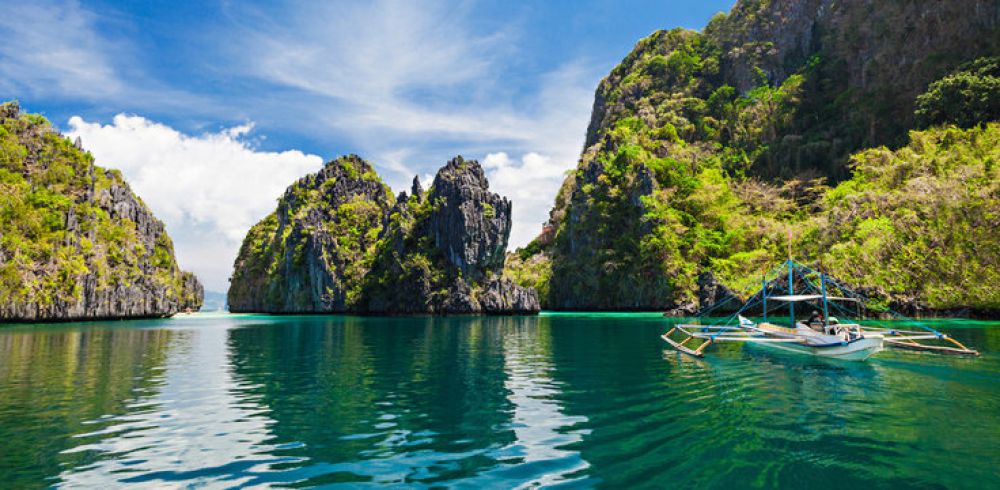

The idyllic island of Boracay, located in the Aklan Province of the Philippines, has a rich history that dates back to before it became a popular tourist destination. Originally home to the Ati tribe, Boracay's tourism started to gain momentum in the 1970s when the few adventurers who knew of the island's existence started to spread word about its powdery white sands and crystal-clear waters.
The 1970s marked the beginnings of what would become a booming tourist industry for Boracay. It was when the first roads were built, and basic accommodation structures started to spring up to cater to the small number of tourists. During this time, travel to the island was quite challenging, which kept its untouched charm intact and visitor numbers relatively low.
In the 1980s, Boracay saw an influx of backpackers, drawn by its natural beauty and tranquil environment. This period saw a spike in the construction of bungalows, small inns, and restaurants. However, the infrastructure was still very basic, preserving the island's rustic appeal.
By the 1990s, word had spread globally about Boracay being a tropical paradise, and it started to get featured in numerous travel magazines and TV shows, garnering international interest. As a result, the island’s infrastructure saw significant improvements to accommodate the growing numbers of visitors. The local government and private sector invested in the development of better accommodations, from budget hostels to luxury resorts, as well as in amenities, entertainment, and transportation facilities.
From the 2000s onwards, Boracay firmly established itself as one of the world’s top beach destinations. It consistently earned accolades in global surveys and travel rankings, which further fueled its popularity. Tourist numbers ballooned, and with it came the expected issues of commercialization and environmental concerns.
In 2018, the Philippine government made the bold move to temporarily close the island to tourists to undergo an extensive environmental rehabilitation. This six-month closure allowed for the restoration of the island's natural beauty and was a part of a sustainable tourism campaign to ensure future visitors could still enjoy what made Boracay so desirable.
Post-rehabilitation, Boracay reopened with new rules and regulations to protect its environment, including restrictions on the number of tourists allowed on the island and a ban on parties and smoking on the beach. These measures are aimed at promoting responsible tourism and sustainability.
Today's Boracay thrives as a destination that balances its vibrant nightlife and tourist attractions with an emphasis on ecological conservation. With the global trend leaning towards eco-friendly travel and sustainable experiences, Boracay's refreshed tourism strategy ensures that while it remains a prime holiday spot, it is also a place where the natural environment is respected and preserved for future generations.